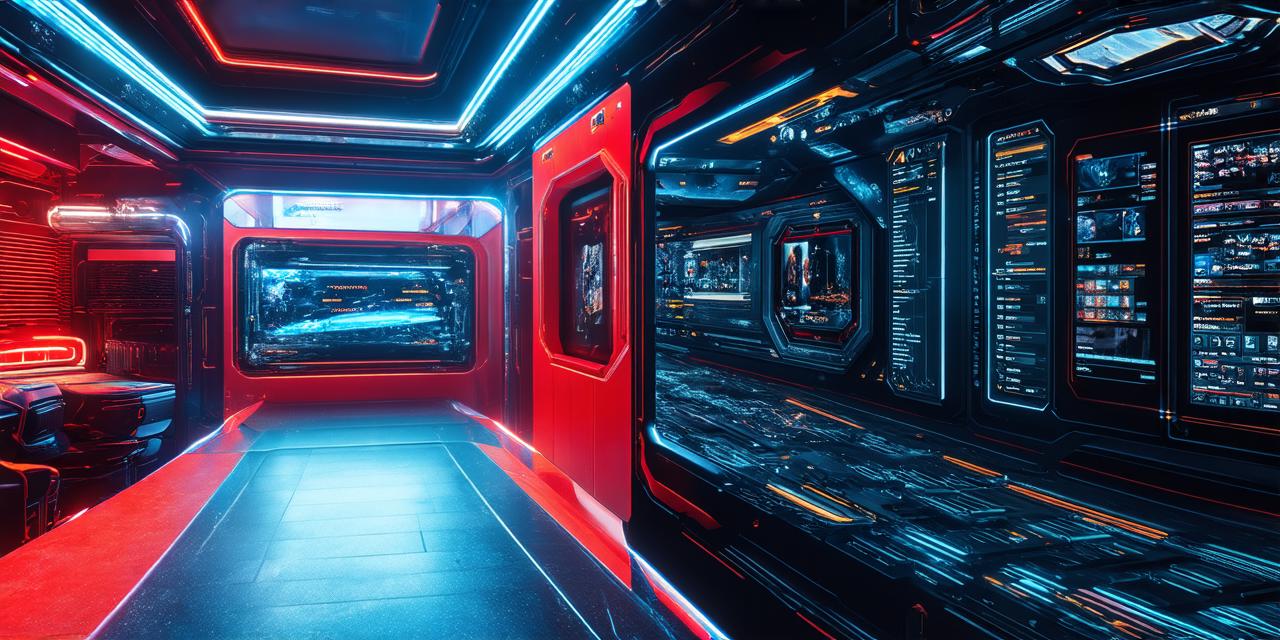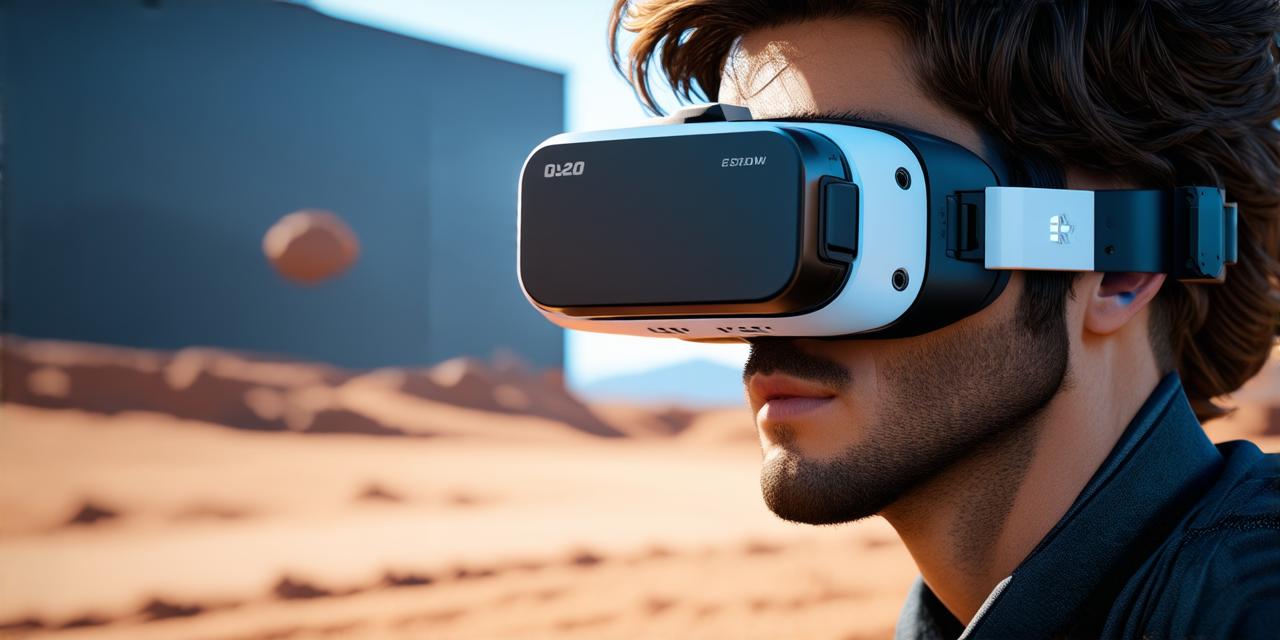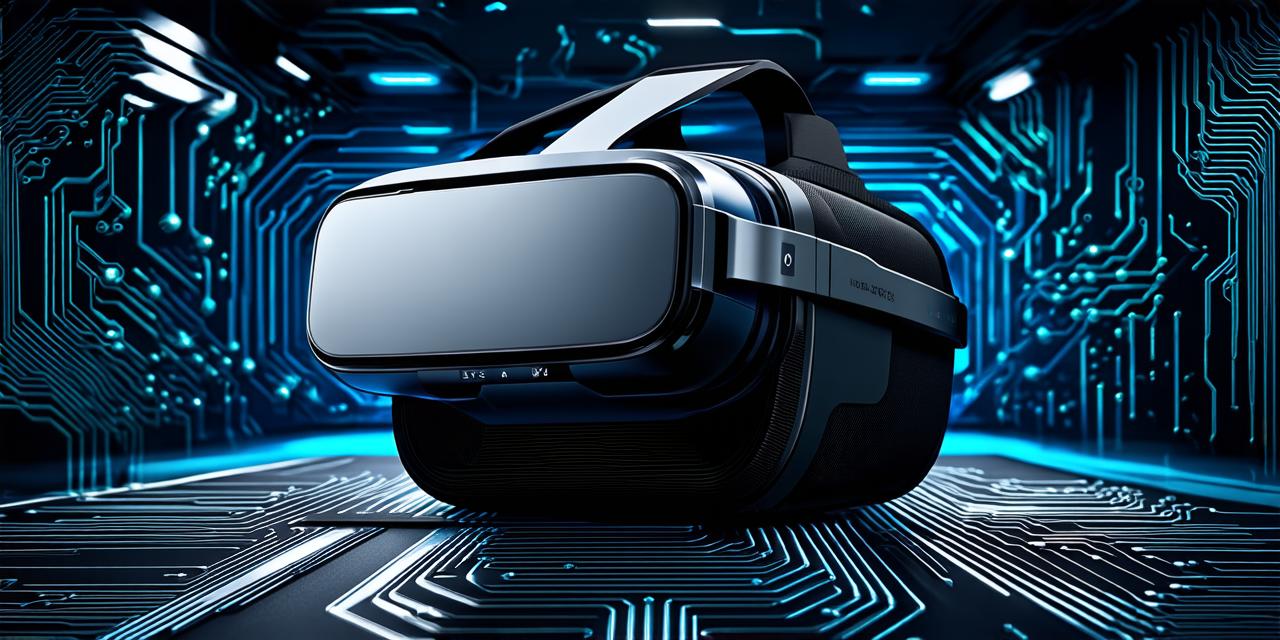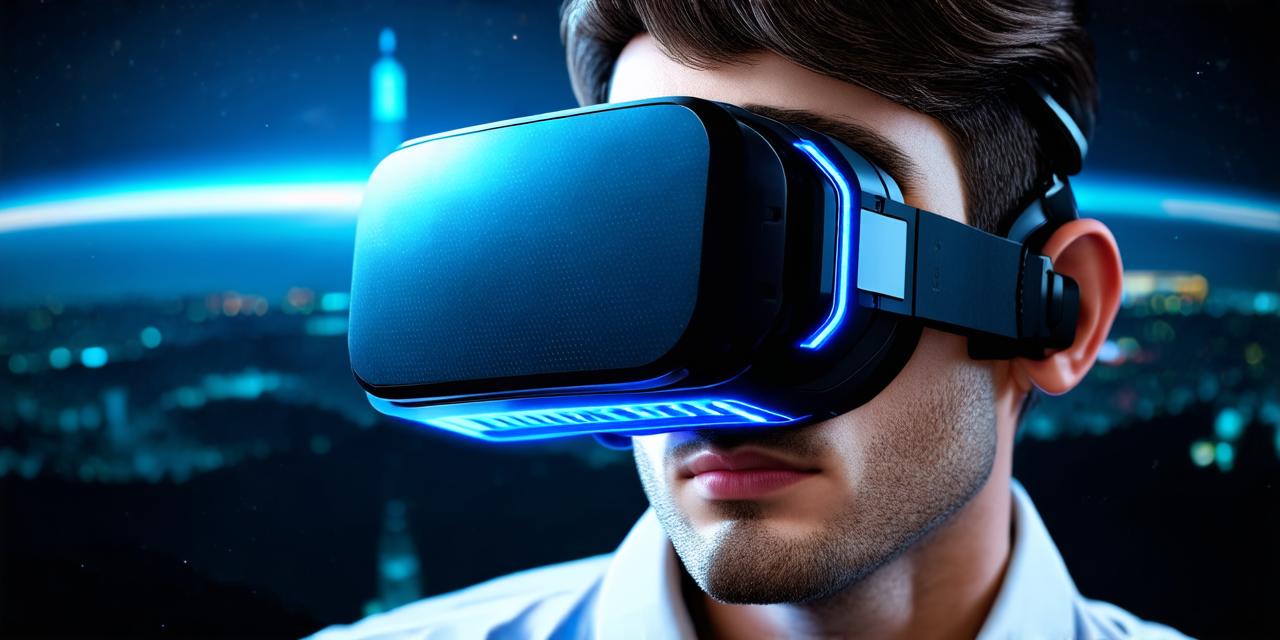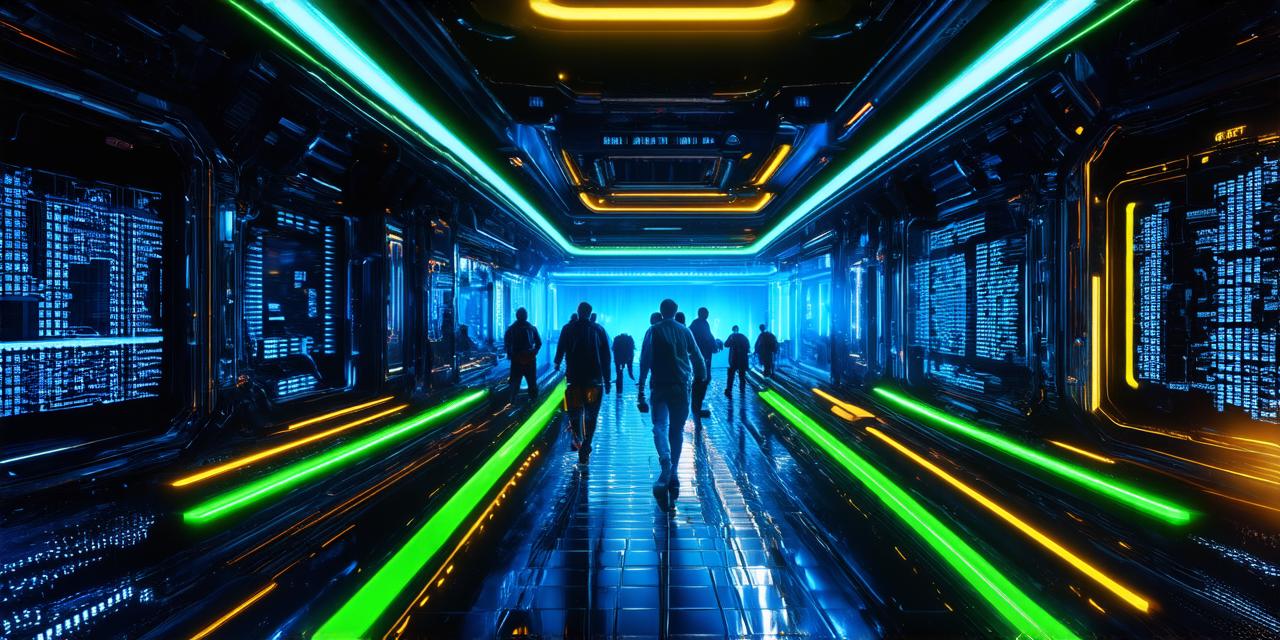Virtual reality (VR) is changing the way we experience the world, and as an augmented reality (AR) developer, you have the opportunity to be at the forefront of this exciting new technology.
1. Immersive Visual Environments
One of the key benefits of VR is its ability to provide a fully immersive experience. In VR, you can create visual environments that completely surround the user and make them feel like they are in a different world. This creates an ideal environment for AR applications that require users to be fully engaged and focused on the task at hand.
For example, imagine a surgeon performing a complex procedure using AR technology. The VR environment can create a 3D model of the patient’s body, allowing the surgeon to see every detail in high resolution. The surgeon can then use AR markers to guide their hands and instruments, providing them with real-time feedback and visual cues.
2. Interactive Visual Elements
Another key benefit of VR is its ability to create interactive visual elements. In VR, users can interact with objects and environments in a way that was previously impossible. This makes it ideal for AR applications that require users to manipulate or interact with virtual objects.
For example, imagine an interior designer using AR technology to design a new room. The VR environment can create a 3D model of the room, allowing the designer to see every detail in high resolution. The designer can then use AR markers to place furniture and decor items, providing them with real-time feedback on how the room will look.
3. Realistic Visual Representation
One of the challenges of creating AR applications is achieving a realistic visual representation of virtual objects. However, VR technology has made this possible through the use of advanced graphics and rendering techniques.
In VR, you can create objects with high-resolution textures, realistic lighting, and shadows. This creates a sense of depth and realism that makes it difficult for users to distinguish between virtual and real objects. This is particularly useful in applications such as training simulations, where the visual representation of objects is critical to achieving a realistic learning experience.
4. Personalization
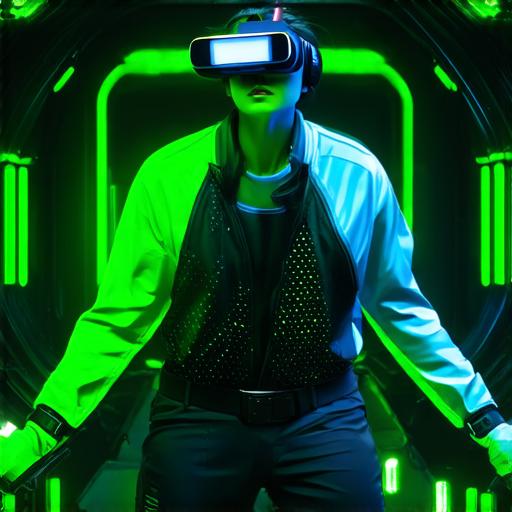
One of the most powerful aspects of VR technology is its ability to personalize the user experience. In VR, you can create customized environments and visual elements that are tailored to individual users. This allows AR applications to be more engaging and effective, as users feel like they are in control of their own experience.
For example, imagine a language learning app that uses VR technology to create an immersive language learning environment. The user can customize the visual elements of the virtual world, choosing from different landscapes, cultures, and languages. This makes the learning experience more engaging and personalized, leading to better retention and language skills.
5. Comparison with AR
While VR technology has its own unique benefits, it is important to compare it with AR technology in order to understand how it can enhance your AR applications. In general, VR provides a more immersive and realistic visual experience, while AR allows for more interactive and personalized experiences.
For example, imagine a retail store that uses AR technology to allow customers to try on clothes virtually. The VR version of this application would provide a fully immersive experience, allowing the customer to see themselves wearing the clothes in a virtual world. This can be particularly useful for high-end or niche products, where customers may not have access to physical samples.
